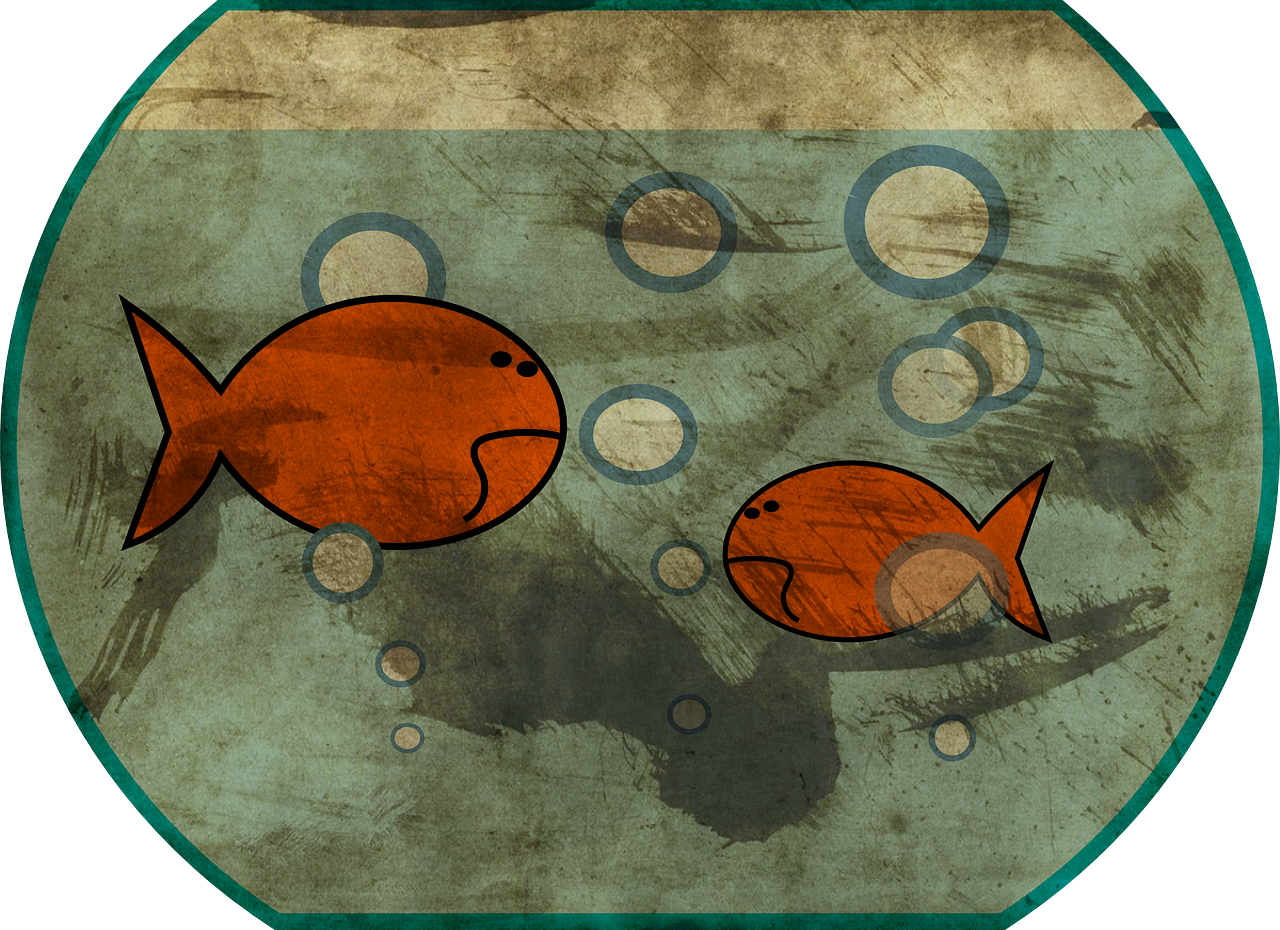Your leaders are not fish, yet most organizations treat them as such. The result is jaw-dropping: Annually, in the U.S. alone, over $10 billion is wasted on leadership development. And that number is grossly understated. It doesn’t include these silent company killers:
- cynical employees who see their colleagues sent away for development only to return and demonstrate little or no changes in behavior;
- the morale killer of employees being sent to training and being blamed for not being able to effect changes upon return; subsequently, they are removed, swapped out for other leaders, and sent to other teams.
How do you develop your leaders?
Imagine you’re sitting next to a large fish tank. The water is a yellow, cloudy and scum-filled. As your eyes water from the smell, two people enter the room. They have patches on their overalls which read “Fish Tank Cleaners.” In a business-as-usual style, they pull a small net from their bag and scoop out a fish. They drop the fish into a small glass bottle. With care, they apply tiny brushes and scrub the fish. Then, seemingly proud of their work, they drop the fish back into the disgusting tank.
After watching them repeat this exercise with several fish, you can no longer contain your curiosity. “For heaven’s sake,” you ask, “What are you trying to accomplish?”
The workers look at you as if you’re crazy. Shaking their heads, they exclaim, “Haven’t you ever seen a fish tank cleaned before!”
Training leaders with a model that doesn’t work
The standard method for developing employees today remains the “Dirty Fish Tank” training model: extracting leaders (or any employee) out of their environment, “cleaning them,” then re-submerging them back into the ecosystem of unchanged practices and policies (the system).
Despite overwhelming evidence — and logic — that the model doesn’t work, many organizations still bring out their fish scoops and hope isolating leaders will change the environment and the subsequent result generated by the business. There’s little mystery, however, why little or no change occurs and why companies continue to suffer from inadequate talent development: To truly create sustainable changes in the thinking and actions of person the system around that person must be elevated as well.
In their October 2016 Harvard Business Review article, “Why Leadership Training Fails—and What to Do About It,” authors Michael Beer, Magnus Finnström and Derek Schrader reinforce this truth with data. They announce that “corporations are victims of the great training robbery.” Specifically, they found through numerous studies that “even well-trained and motivated employees could not apply their new knowledge and skills when they returned to their units, which were entrenched in established ways of doing things. In short, the individuals had less power to change the system surrounding them than that system had to shape them.”
Surprisingly, while many professionals confess they understand this logic, they continue using the Dirty Fish Tank Model. There are three primary reasons why organizations continue to put into practice a model that doesn’t work:
- Executive leadership thinks the problem lies in the people and not the system. By focusing on the former instead of the latter, they keep the attention off themselves and the real work that must be done.
- The organization operates with the false belief that engaging an entire team in a development effort is too costly. Here’s what that pseudo-logic like: “We can’t afford to take the entire team away from their work for two days so they can operate at peak capacity for 363 days, but we can afford for our teams to be dysfunctional or underperform for 365 days.”
- The decision makers function from an outdated belief that developing anyone means removing them from their work. These leaders lack the wisdom that today’s best development practices don’t take employees away from the job, but rather bring participants deeper into the day-to-day, real-life work that must be done.
A modern method for developing leaders: The System of Excellence
For 25 years, we’ve delivered, studied and analyzed humanistic development in 37 countries and across 25 different industries within some of the greatest companies in the world, including P&G, Nestle, Harley-Davidson, Cigna and others. We’ve stepped to the edge and tested new, adapted and retested various methods.
What we’ve discovered is as profound as it is intuitive. Your success in effectively developing your talent, particularly your leaders, requires concretely linking employee development to four components: Heart-inspired leadership, activated talent, one-team culture and the whole person.
These conditions form a holistic approach called the System of Excellence. When these four elements are in concert and leveraging one another, the individual and the system evolve together. With this approach no one is isolated from, and therefore at odds with, the system around them.
Currently, when you develop your leaders, are you also strategically advancing your designed culture? Or, when your improving the talent of middle managers, are you also developing the whole person of those who are participating? Affirmative answers to these and other questions are necessary to ensuring you’re not wasting precious resources using a “Dirty Fish Tank” model.
When the elements of the System of Excellence are aligned in the design, delivery and sustainability of your training efforts, employees increasingly function with inspired hearts, their potential is activated, the teams within the culture function as one, and the employee’s whole life elevated.
Such outcomes are far more rewarding than cleaning dirty fish tanks, one fish at a time.
Craig Ross, Angie Paccione, and Victoria Roberts are co-authors of the book “DO BIG THINGS: The Simple Steps Teams Can Take to Mobilize Hearts and Minds, and Make an Epic Impact” (Wiley, Aug 28, 2017). They design and deliver lasting solutions that transform leaders and teams at Verus Global.
If you enjoyed this article, join SmartBrief’s e-mail list for our daily newsletter on being a better, smarter leader.
